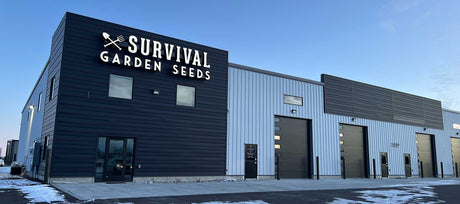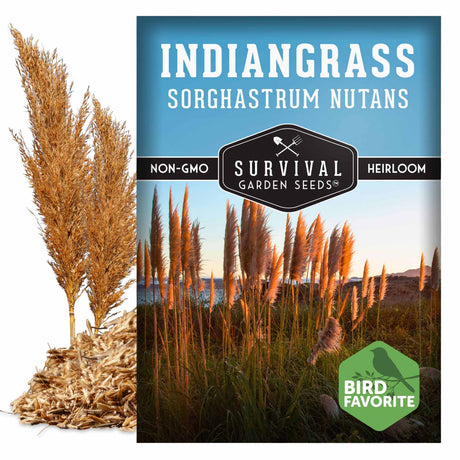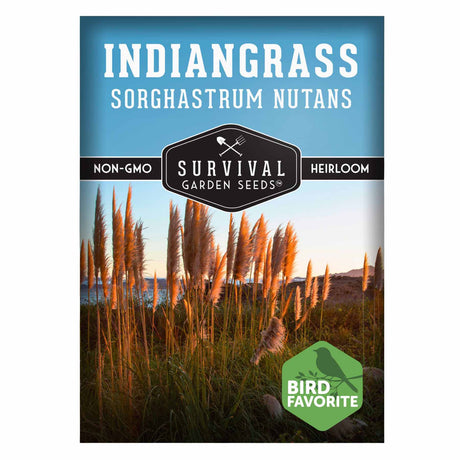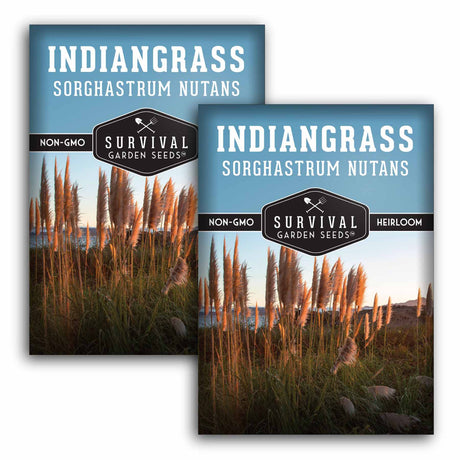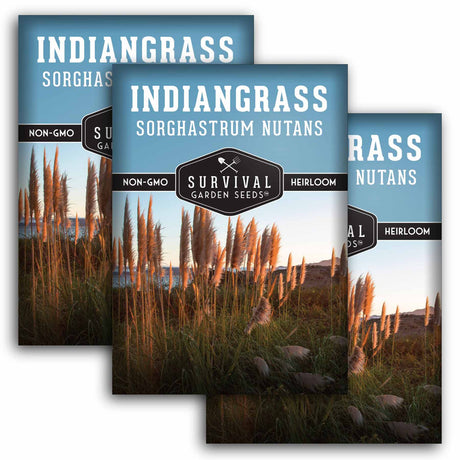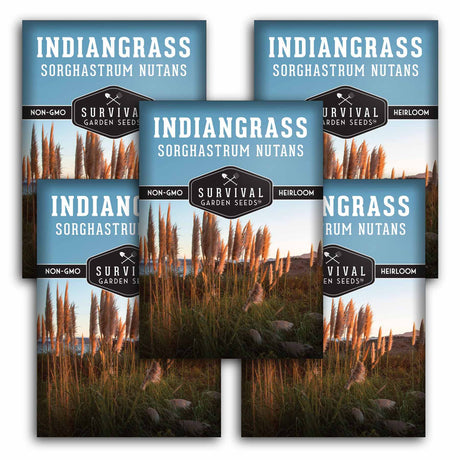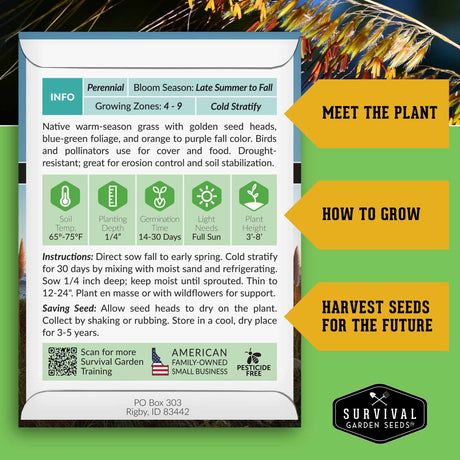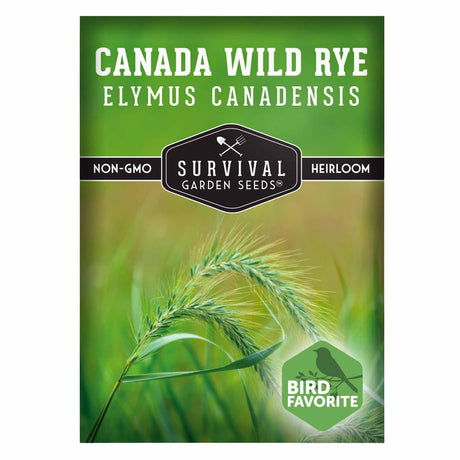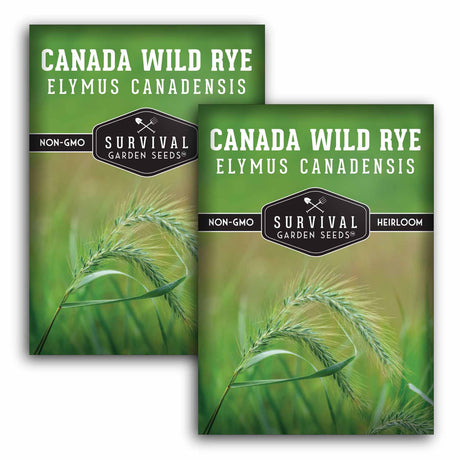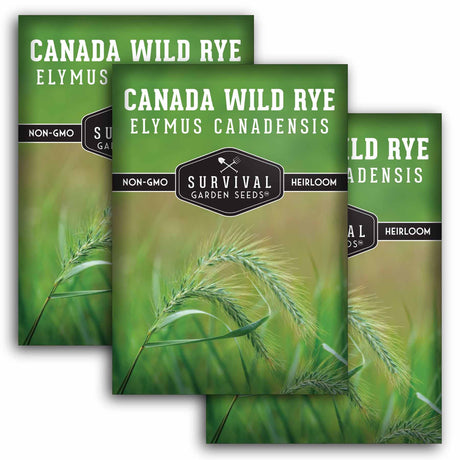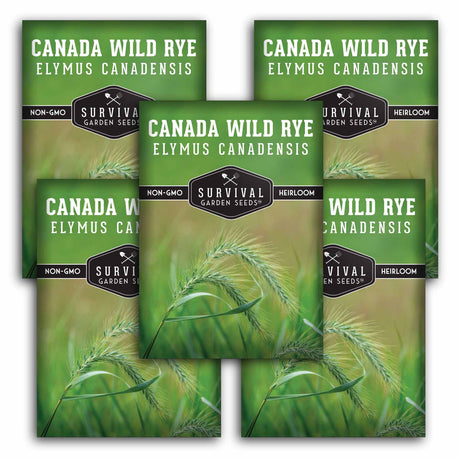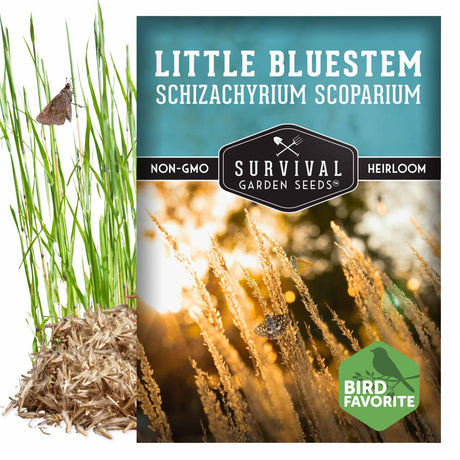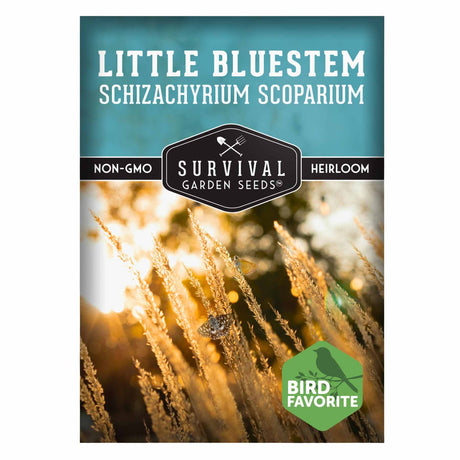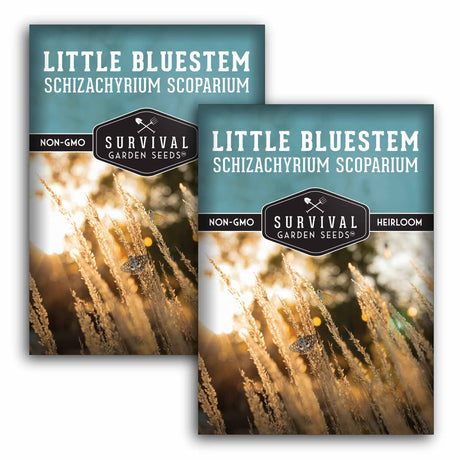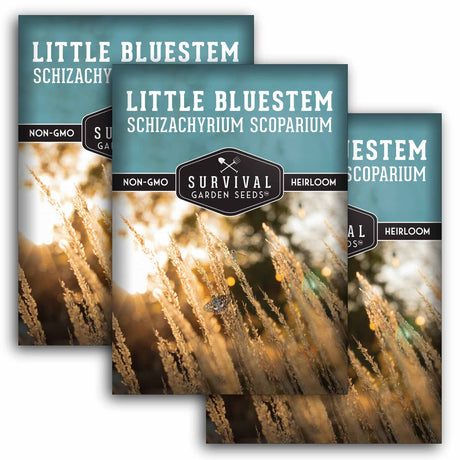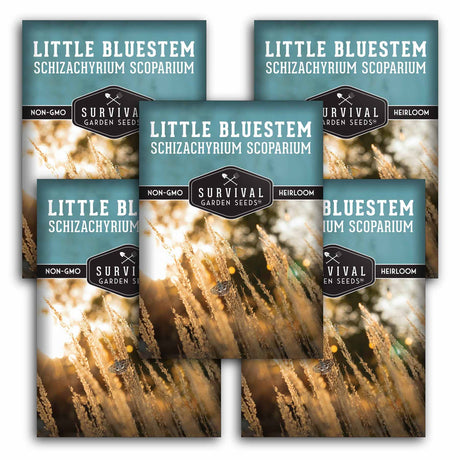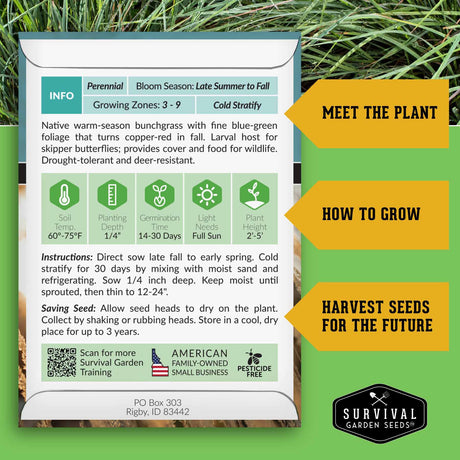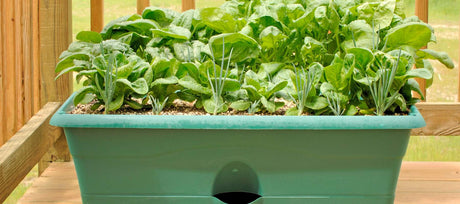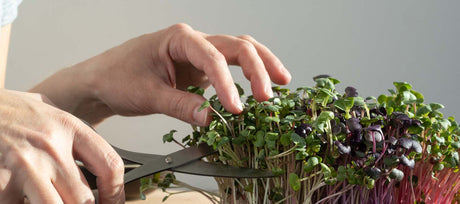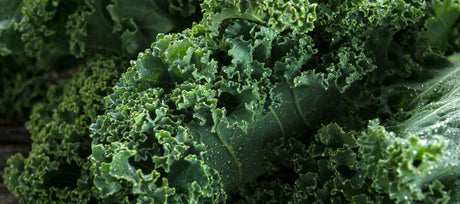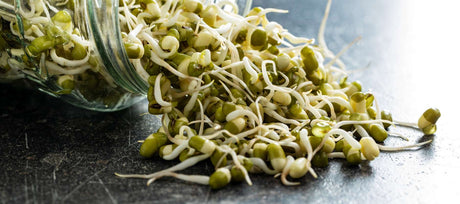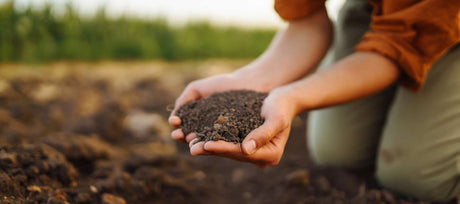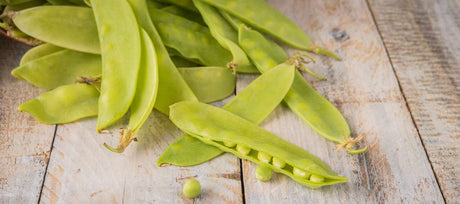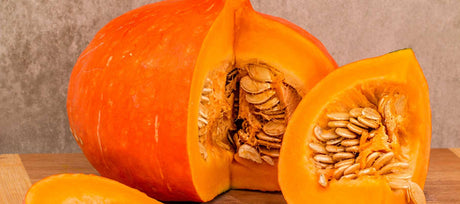Growing Native Grasses in Your Garden
- Diverse textures and forms
- Year-round visual interest
- Provides wildlife habitat and food
- Heirloom, non-GMO seeds
INTRODUCING NATIVE GRASSES
Native grasses are the unsung heroes of the landscape, offering a wealth of ecological benefits and unparalleled beauty. Far from being just "filler," these resilient plants provide crucial habitat, food, and nesting materials for a diverse array of wildlife, from songbirds to beneficial insects. With a stunning variety of textures, heights, and forms, native grasses contribute year-round visual interest, from delicate spring growth and summer seedheads to golden fall foliage and elegant winter silhouettes. Adapted to local climates and soil conditions, they are generally low-maintenance and thrive across various USDA hardiness zones, depending on the specific species.
HOW TO PLANT NATIVE GRASS SEEDS
The optimal time to plant native grass seeds varies by species, but generally, late fall or early spring are ideal. Many native grasses benefit from cold stratification to break dormancy; this can involve planting them outdoors in fall so winter's cold and wet conditions naturally stratify the seeds, or artificially stratifying them in a refrigerator for 30-90 days before spring planting. For finer seeds, mix them with sand for easier, more even spreading. Prepare a well-drained seedbed, removing weeds and lightly raking the surface. Sow seeds on the surface or cover very lightly, as some require light for germination. Keep the soil consistently moist until germination occurs, which can take several weeks. Once seedlings are established, they are quite drought-tolerant.
MAINTAINING NATIVE GRASS PLANTS
Native grasses are celebrated for their low-maintenance nature once established. They rarely require fertilization and generally thrive with minimal watering, though young plants may need more consistent moisture during their first year. Most native grasses do not require mowing in a naturalized setting. For aesthetic purposes or to encourage new growth and remove old foliage, you can cut back most ornamental native grasses in late winter or early spring before new growth begins. This also allows the grasses to provide winter interest and habitat. Avoid cutting them too short. Many native grasses are clump-forming and will slowly expand, while others may spread by rhizomes. They are naturally resistant to many pests and diseases, making them an excellent, sustainable choice for any garden.
Embrace the subtle beauty and ecological power of native grasses in your garden this season. These resilient plants provide dynamic visual interest and create vital habitat, transforming your landscape into a thriving ecosystem.
